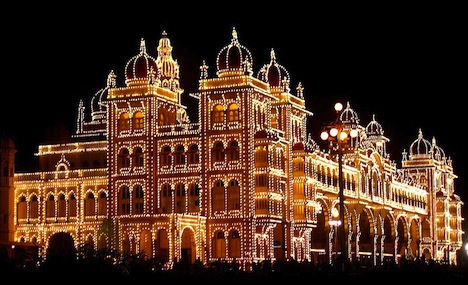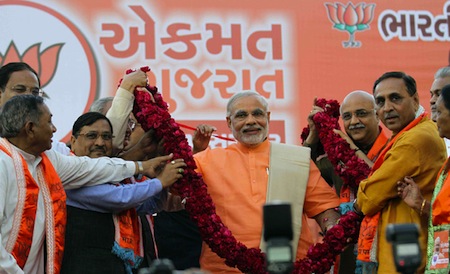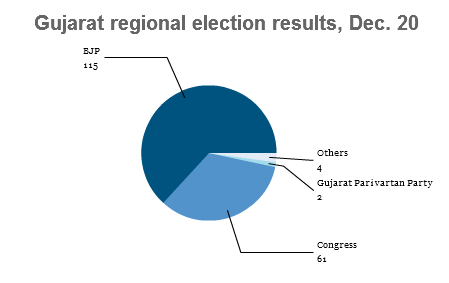In 2004, when the national government of the center-right, Hindu nationalist Bharatiya Janata Party (the BJP, or भारतीय जनता पार्टी) sought reelection, it did so with the slogan of ‘India Shining,’ a catchphrase that it hoped would capture the progress India was making in catching up to the economic development that for so long eluded it. That campaign failed, and the slogan itself largely backfired, but make no mistake — no city was shining brighter than Bangalore, the capital of the state of Karnataka.![]()
![]()
Bangalore, in the 1990s and the 2000s, rapidly developed into the so-called ‘Silicon Valley’ of India, with a rapid, increasingly technology-fueled growth wave that made the city a favorite among multinational corporations and that made Karnataka one of the fastest-growing regions in the world. Bangalore’s population went from 5.1 million to 8.4 million from 2001 to 2011 alone.
Karnataka itself has a population of nearly 62 million people — although it ranks as only the ninth-most populous state within India, it nonetheless has a slightly larger population than Italy and a population twice as large as Malaysia, though I’m sure you’ve heard much more about the recent Italian elections and the Malaysian parliamentary elections scheduled for the same day as Karnataka’s state elections on May 5. But given the rising economic, cultural, demographic and political importance of India, and the central role than Bangalore and its economic hinterland has played in India’s 2000s economic boom, there’s really no reason why Italian politics should necessarily be any more important than Karnataka state politics.
Its importance comes especially into relief when you view the Karnataka campaign in the context of India’s highly anticipated 2014 national election showdown between the BJP, which will likely (though not certainly) be led by Gujarati chief minister Narendra Modi and the current governing party, the Indian National Congress (Congress, or भारतीय राष्ट्रीय कांग्रेस), which will almost certainly be led by Rahul Gandhi, the son of current Congress president Sonia Gandhi and the late prime minister Rajiv Gandhi, and both Rahul and Modi have recently visited Karnataka state to campaign for their parties and to take swipes at one another.
So what do you need to know about the politics of Karnataka? Continue reading Karnataka, India’s high-growth power state, votes in shadow of 2014 national campaign



